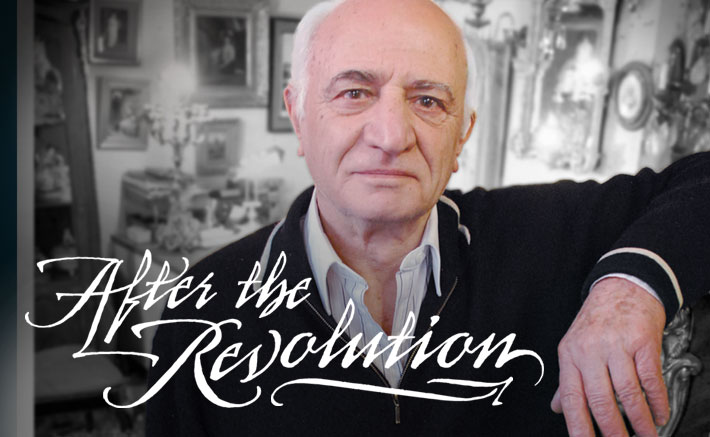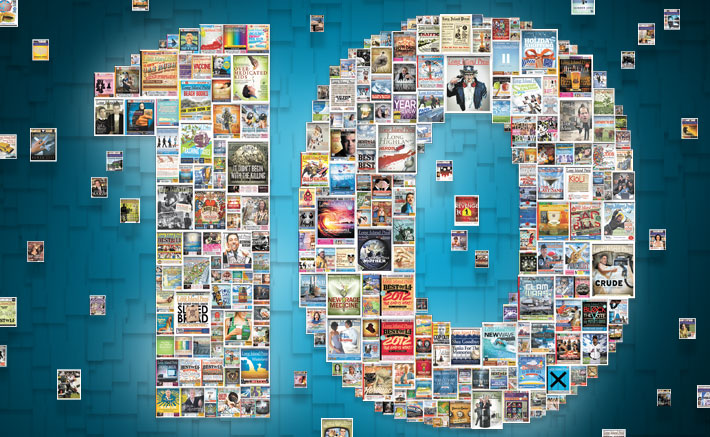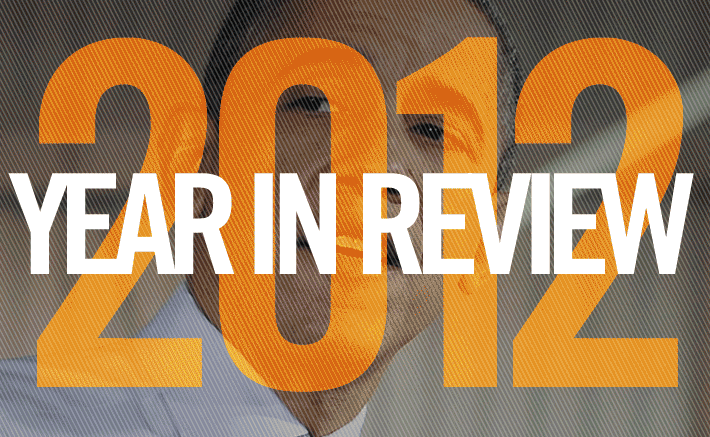
Iran Town
Most of the employees at Wheatley Kosher Bakery are Iranian, but inside the busy store one feels constantly exposed to all sides of Great Neck. Sadeh goes by his Hebrew name, David, as it does well with the whole spectrum of loyal customers that sweep in and out all day: the Great Neck-bred Reform and Conservative Ashkenazi Jews, the Iranian Sephardi Jews, the less-religious Iranians, the Orthodox Jews, the Eastern Europeans, and the many non-Jewish Great Neck residents who just like the food.
There are enough Iranian restaurants, grocery stores, bakeries, synagogues and retailers lining streets of Great Neck that it could function as Long Island’s own “Iran Town.” But unlike most Chinatowns, Little Italys, and Little Indias, these shops don’t pull many outsiders who come in for the cultural experience. Great Neck itself doesn’t attract many visitors. The town sits on a removed peninsula that juts off the North Shore into the Long Island Sound, and there’s no reason you’d end up there unless you planned to. Any through-traffic, on the train or the Expressway or Northern Boulevard, will pass just south of it. This sense of peaceful, small-town remove has historically been the allure of this affluent and iconic Long Island suburb.
But Sadeh is not content with the small-town atmosphere of Great Neck. He wants a busier store, with more space, more people, and more activity. He wants walk-in traffic. He wants outside visitors in Great Neck and he wants good parking.
 “There’s no attraction here,” he says. “One stupid movie theater—you get 30 people to go there and it’s full.”
“There’s no attraction here,” he says. “One stupid movie theater—you get 30 people to go there and it’s full.”
Sadeh’s observation is not unfounded. Great Neck is a proudly residential place—one does not find the quaint outdoor malls, event centers, public piers and beachfronts on which other towns of the North Shore thrive.
Sadeh owns Wheatley Kosher Bakery, but he is not a very religious man and he is not a baker. He makes this clear. He is an investor, a man who’s been trying to grow in his new country. Before he bought Wheatley Bakery he was in the jewelry business. When that didn’t work out, he bought a bakery in Roslyn on a whim and made it Kosher. When that didn’t work, he moved the bakery to Great Neck, where Kosher establishments are more in demand.
At Wheatley Kosher of Great Neck, Sadeh thrives in a local society of errand-runners. He spends much of the day talking to people. He is friendly and open, and his conversation tends toward statements about “growth,” about “American culture,” about a “new generation” who likes more “contemporary stuff.” In one of these conversations he considers a new way to expand his territory.
“I want to run for mayor of Great Neck,” he says suddenly.
At first this comes out as a joke, but then his face straightens and he affirms, “I would run for it. I really would.”
In his immediate defense, he adds:
“You know the mayor of Beverly Hills is a Persian man.”
This is true. Jamshid “Jimmy” Delshad, who left Iran in 1965, was re-elected last year for his second term as mayor of Beverly Hills—that other iconic American suburb, which is now also a largely Iranian expatriate community and where, it seems, that community’s sway is significant.
Sadeh does not actually live in Great Neck, but to him this is beside the point. He lives in nearby Roslyn, where many of the Iranians who have been priced out of Great Neck—or never could price into it—have relocated. Great Neck is a small, expensive area, and a number of the people who run these shops for its residents commute from as far a way as Brooklyn or Queens. Iranian-Americans are a large population, and are, as The Atlantic Monthly wrote in August 2010, “as diverse as any other group of immigrants…[they] fall into a wide range of socio-economic groups.”
Sadeh asserts that almost all the luxurious houses along the King’s Point coast are owned by Persians. This is a sweeping statement of questionable validity, though many of the Iranian-Americans clearly have wealth—most immigrant groups that have come to the U.S. certainly would not have been able to settle straight into Great Neck and Beverly Hills. And presumably, the Iranians who could get their families to the opposite side of the world would have been the ones with resources, though how much of those resources would have survived the journey is hard to say.
Still, Judith Goldstein, writer of the book Inventing Great Neck: Jewish Identity and the American Dream, speculates that it’s precisely their wealth that makes the Iranian-Americans different from almost any other immigrant population, and that has caused a tense rift between the Old Ashkenazi Great Neck and the New Persian Great Neck.
“There was such a gulf between the Iranian and the Ashkenazi,” says Goldstein. “They didn’t have to use the model of any other group because they were already prosperous when they arrived. Great Neck hated it. There are so many stories…of the lavish houses they built, of women trying to haggle prices in the supermarket.”
The strictly racial rift in Great Neck today seems mild, at least from an outside perspective. Sadeh runs his shop with a German baker, and on a Friday morning there, one sees Ahkenazi and the Sephardi and the gentiles shopping and talking and eating without strain. If there’s a more visible rift, it’s over whether to call the cholent “cholent” or to call it “aash.”






